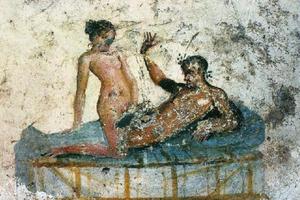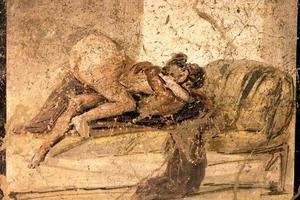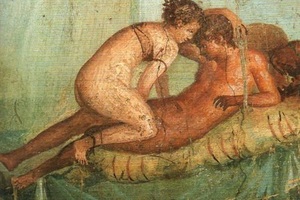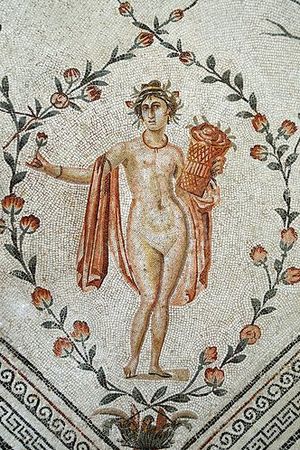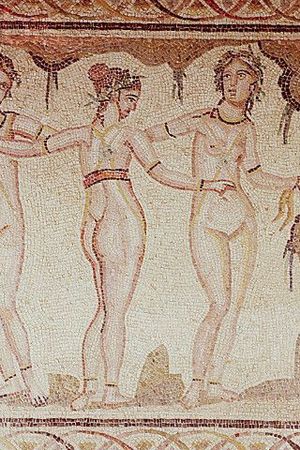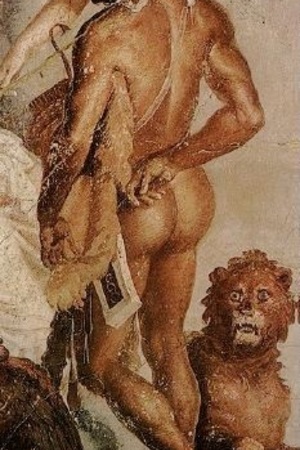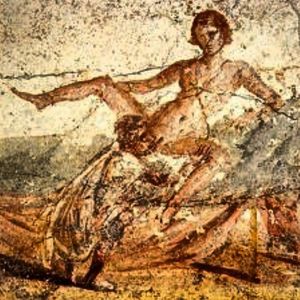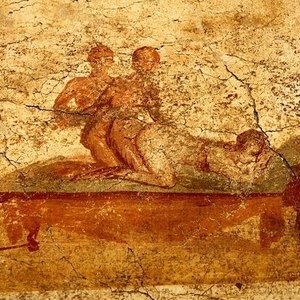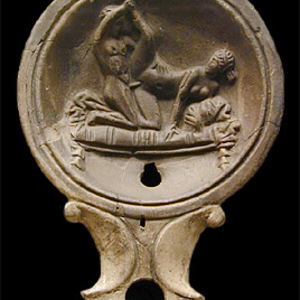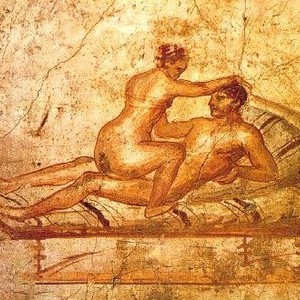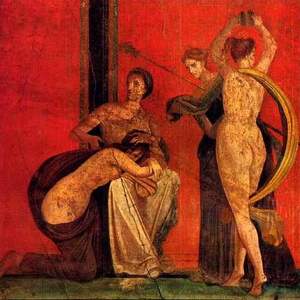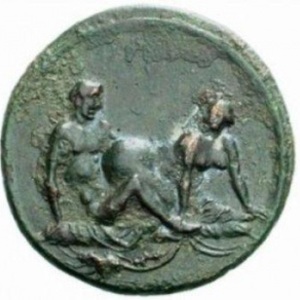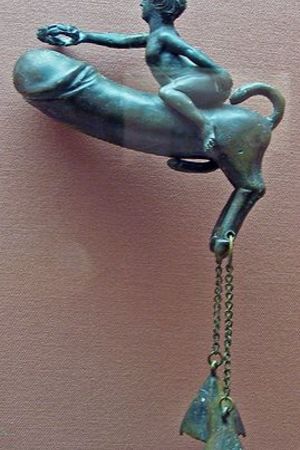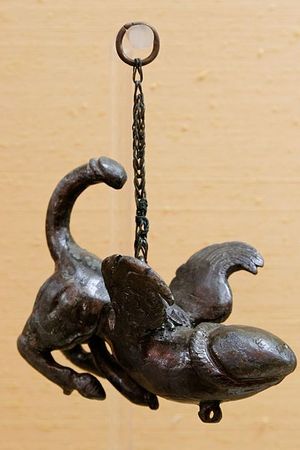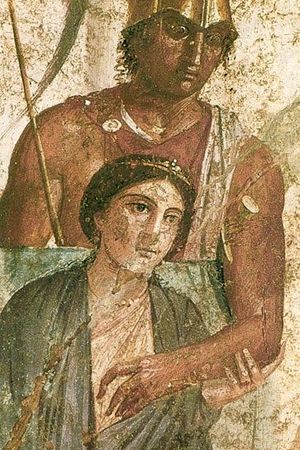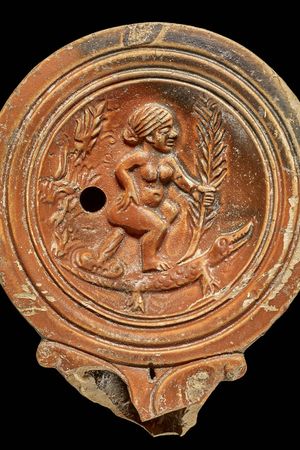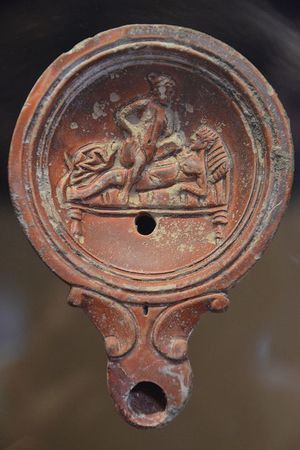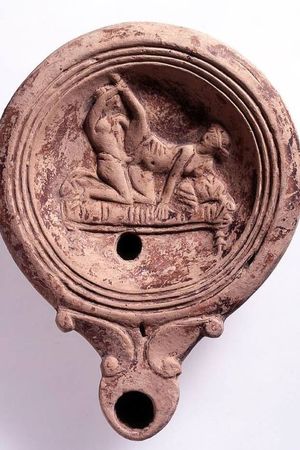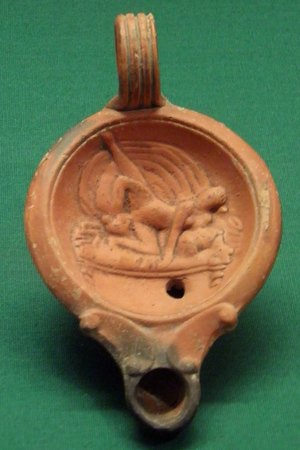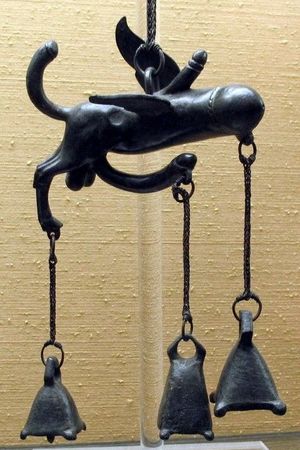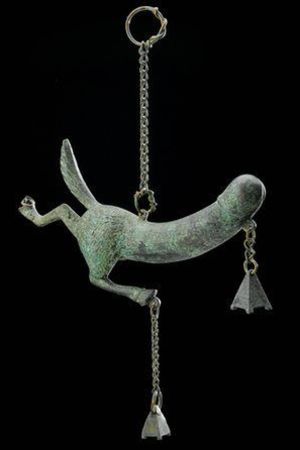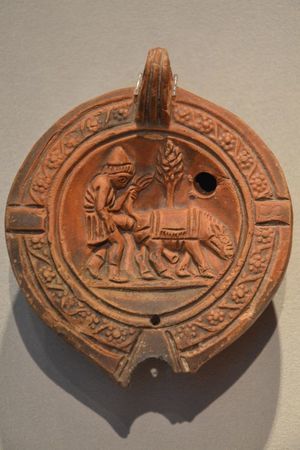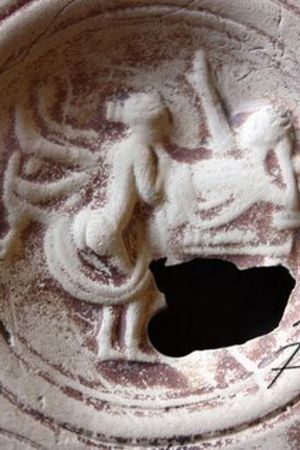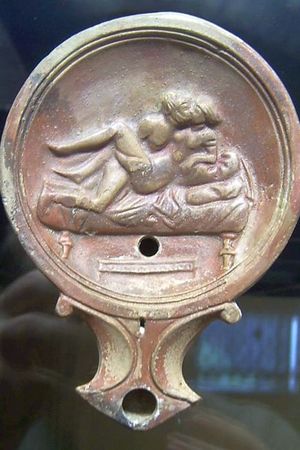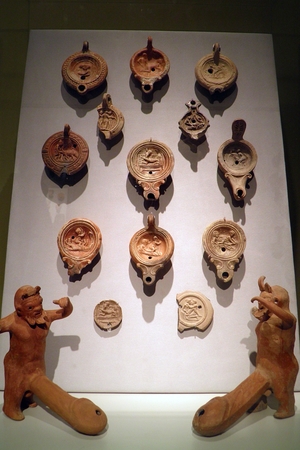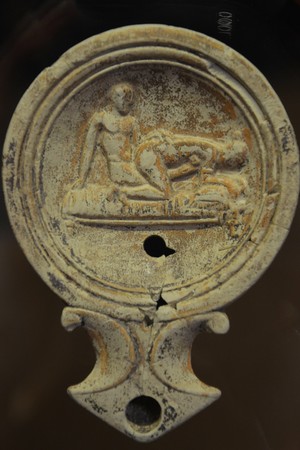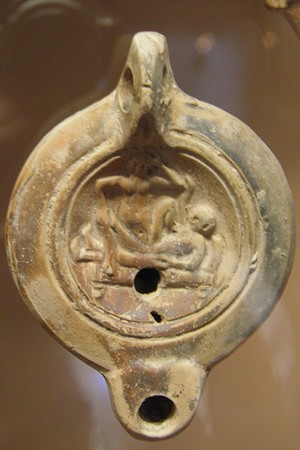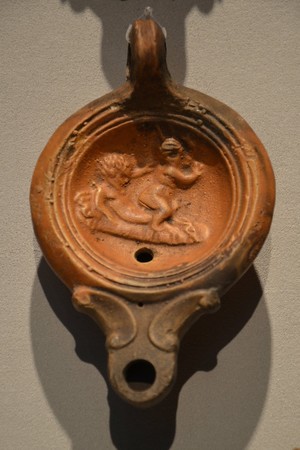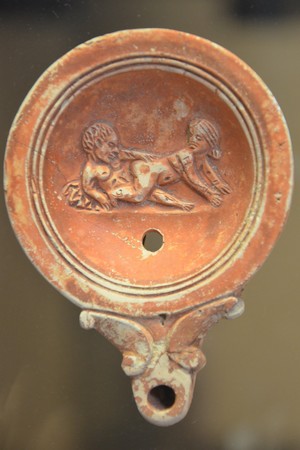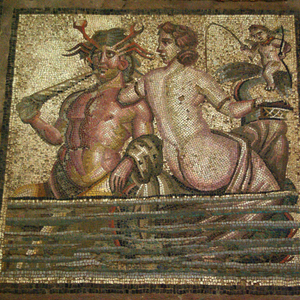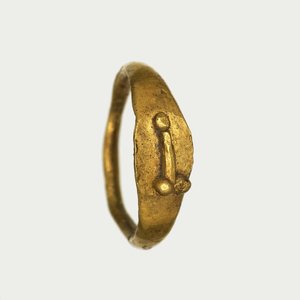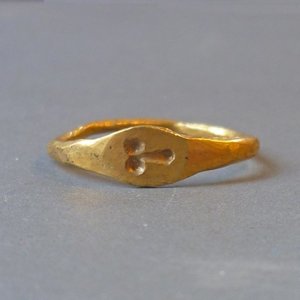Attention! This section of the site may contain materials intended for persons over 18 years of age.
Are you over 18 years old?
Erotica and sex in Ancient Rome
Евсеенков А.С.
Erotica and sex in Ancient Rome
The norms of ethics, morality, and personal openness in Ancient Rome were fundamentally different from modern times. While sexual life in today's society is often considered private and not openly displayed, for the Romans, everything was completely different. The motifs of erotica and sex in Ancient Rome were not just an integral part of life; there were no taboos or prejudices regarding their presentation to society.
Erotica
In Rome, the depiction of naked individuals (both men and women) was not remarkable in itself. And the absence of clothing did not always have a directly erotic context. Nevertheless, there are numerous works of art that have not only an erotic but also a pornographic character, depicting various sexual acts and even those without them. Moreover, such depictions often exhibit different forms of perversion by contemporary ethical standards.
One of the most vivid examples of the representation of intimate themes is the well-preserved Roman city of Pompeii. It is filled with sources of erotic themes. Almost every villa has frescoes depicting sexual acts, and the walls of the streets are covered with drawings of phalluses and related words made by ordinary people. Erotic themes can be found extensively in everyday objects such as pottery, oil lamps, amulets, pendants, and practically everywhere it was possible to depict sexual acts or genitals without any hesitation.
Similar prevalence of erotica extended beyond Pompeii as well. Discoveries of various kinds of erotica can be found throughout the territory of the Roman Empire, from the East to the distant British Isles. Moreover, this prevalence was not limited to territorial boundaries but was also socially widespread, popular among slaves, plebeians, and patricians alike.
Orgies
Traditions of unrestrained sexual life originated in Rome from conquered Greece, where public orgies particularly flourished during the festivities in honor of the god of wine Dionysus, the "Great Dionysia." In Rome, such uninhibited sexual celebrations transitioned into cultural practices as Bacchanalia, which took place on March 16-17 (the Roman equivalent of Dionysus), and Saturnalia (in honor of the god Saturn). Saturnalia, in turn, was the only day when slaves had equal rights with their masters, sitting together at the same table, with masters serving them. The orgies during these festivities were conducted with such astonishing scale that according to the accounts of contemporaries, Roman women could easily become pregnant and not know from whom, as they engaged in sexual activities with more than five partners in one evening.
These orgies became especially debauched during the time of Nero (1st century BCE), when nearly all forms of sexual perversion were practiced: homosexuality, lesbianism, group sex, sadism, masochism, voyeurism, and so on. Sometimes, they even involved children. It should be noted that these perversions were already considered special in our time, but in antiquity, they were not seen as anything particularly beyond decency. The exception was perhaps homosexual relationships, where it was prohibited for a true Roman to engage in passive sexual roles with another man. However, taking an active role was not forbidden by society. Nevertheless, such mass orgies were banned in 186 CE.
There are surviving descriptions of orgies in the ancient Roman novel, "Satyricon," by Petronius: "... A slave girl pulled out two ribbons from her bosom and tied our hands and feet with them... The girl threw herself on his neck and showered him with countless kisses without resistance... Finally, a kinaedos (a promiscuous homosexual) in a green garment made of shaggy wool and a belt appeared. He rubbed against us with his spread thighs and sullied us with his foul kisses... Lastly, Quartilla, raising a whip made of whalebone and hitching up her dress high, ordered us, the unfortunate ones, to have a respite..."
Prostitution
Prostitution in Ancient Rome reached an incredibly wide scale. With powdered faces and kohl-lined eyes, roman prostitutes practiced their ancient trade. They stood everywhere - by the walls of the Colosseum, in theaters, and temples. Visiting women of loose morals was considered a common phenomenon among Romans, comparable to going to the movies or shopping in modern times.
There was a significant number of different types of prostitutes. The cheapest harlots offered quick sex right in the city's districts and were called "Scortum," which can be translated as "streetwalker" in modern terms. Higher-ranking love priestesses, supported by bath attendants, operated in a less overt manner in Roman baths. "Alicariae" or "bun sellers" were young women who stayed near bakeries and sold pastries shaped like male and female genitals. "Diobolares" were old, worn-out prostitutes, the cheapest of all. "Nani" were little girls who engaged in prostitution before the age of 12. The most common were "Lupanae" - brothel prostitutes from the "lupanar," from which the name originated. "Meretriculae," on the other hand, were the equivalent of Greek hetairai and were considered more like permanent elite mistresses of wealthy and influential "sponsors." They had a great influence on fashion, art, literature, and all of patrician society.
As the Roman Empire flourished, representatives of this ancient profession were actively replenished through the acquisition of foreign slaves. There were even so-called "brothel farms" whose owners bought slaves or raised orphaned children for the purpose of engaging in prostitution. The slave trade was a legal source as well. Pimps purchased women and sent them out to earn money. The sexual exploitation of slave women was permitted by law in Rome and was widespread. Even the rape of a slave woman by her pimp went unpunished. Brothel owners also offered boys for sexual purposes.
Starting from the 40s AD, prostitutes of the Roman Empire were required to pay taxes. It is assumed that the calculation was based on one sexual act per day. Any income earned beyond this norm was not subject to taxation. This tax brought a significant portion of revenue to the treasury. Prostitutes after the age of 30 were hardly in demand. The usual outcome for such prostitutes was a tragic end: alcoholism, diseases, and early death.
As for the public houses, in Rome, as mentioned earlier, the inhabitants of brothels were called "lupae" (she-wolves), and the brothels themselves were called "lupanaria." Cheap roadside inns existed in the city. In Pompeii, where there were about 20,000 residents, seven public houses were discovered during excavations, many of which also served as taverns or barbershops. In the "Vicolo del Lupanare," one can still see cave-like rooms with stone beds. "Advertisements" are inscribed on the external walls: "For those who love life, it is as sweet as honey in these cells." Another public house had the inscription "Hic habitat felicitas" ("Here dwells pleasure").
Penis - as a symbol
Male genitalia were not prohibited either. They were depicted on statues, frescoes, mosaics, and other works of art. Often, it wasn't just a depiction of male anatomy, but rather an independent object or even a character. In the latter case, it could have additional "appendages" that were not inherent to it - wings, legs, hooves, a tail, or, most commonly, other phalluses.
The penis was frequently portrayed on city walls, amulets, jewelry, and other talismans. In other words, it was ubiquitous. This is associated with its extensive symbolism - it represented both male power and luck, fertility, and protection against the evil eye.
Related topics
Men in Ancient Rome, Women in Ancient Rome, Hetaerae, Spintriae

 Gallery
Gallery






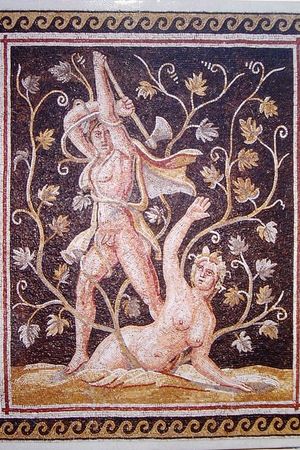 Roman mosaic depicting the myth of Lycurgus and Ambrosia. Lycurgus is depicted at the moment of killing Ambrosia with an axe, when it turns into a vine. Eastern Mediterranean. 2nd century AD
Roman mosaic depicting the myth of Lycurgus and Ambrosia. Lycurgus is depicted at the moment of killing Ambrosia with an axe, when it turns into a vine. Eastern Mediterranean. 2nd century AD